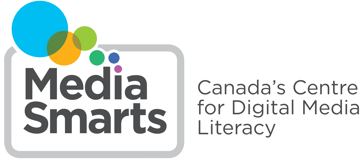Bigotry, in its various forms, has been with us for a long time – at least since the Greeks coined the word “barbarian” to mean “anyone who isn’t us,” and likely longer – so it’s not surprising that racism, sexism and other prejudices have found a home on the Internet. MediaSmarts’ new report Young Canadians in a Wired World: Encountering Racist and Sexist Content Online looks at how often Canadian youth are exposed to prejudice, how it makes them feel and how they respond to it.
Online Hate
The Boston Marathon tragedy has raised questions about the role the Internet plays in radicalizing youth and, more generally, how it may be used to perpetuate hatred. In Canada, similar questions are being asked about the radicalization of four London Ontario students in the wake of last January’s attack on an Algerian gas plant.
This lesson is designed to be delivered after students have completed at least one of the following lessons: Thinking About Hate, Scapegoating and Othering and Hate or Debate. In groups, students research an online environment (such as social networking sites) and a particular example of that environment (such as Facebook) to learn the issues, strategies and tools relating to online hate in that environment.
In this lesson, students learn about the difference between legitimate debate on a political issue and arguments that are based on hate.
In this lesson students learn how digital media is used to promote or combat hatred and intolerance.
In this lesson, students develop a deeper understanding of scapegoating and othering and how these factors may contribute to the promotion of hatred and intolerance.
In this lesson, students develop their critical thinking skills by learning to recognize various types of bad faith arguments, including those that are used by hate mongers to spread misinformation and fuel hatred and intolerance.
